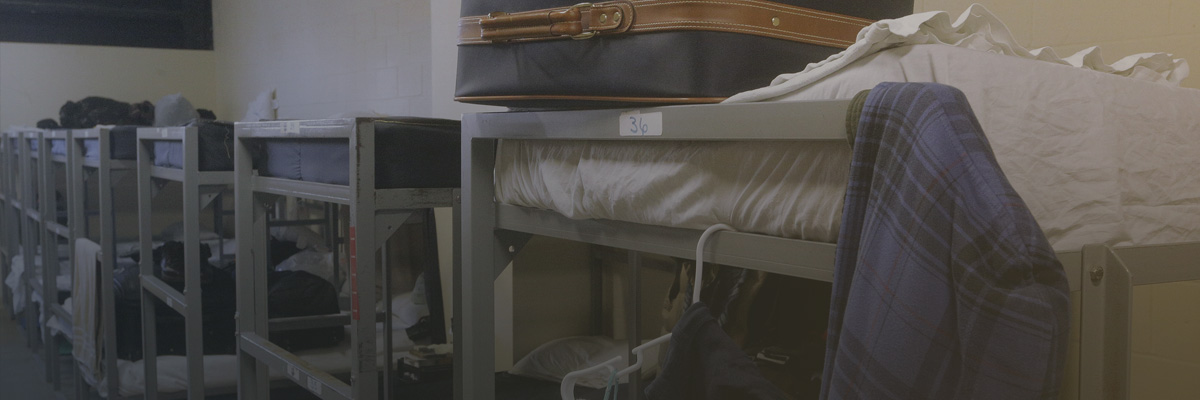HUD’s annual Homelessness Report to Congress (AHAR) offers countless insights that help inform how we respond to homelessness in the United States. Among all the data points in the 2018 AHAR, however, one stands out as particularly alarming: the 18 percent increase in unsheltered homeless individuals over the last five years.
There are many factors that have influenced this increase. But to arrive at any solution, we can’t just look at population trends. We also have to take a close look at bed inventories.
For families, the picture is encouraging: According to a 2018 national-level snapshot, there are enough temporary beds for every child and parent who needs them. For this group, there is even a surplus of beds.
But the story for individuals is more complicated. Across America, providers only had enough year-round beds to serve 52 percent of this population.
State-By-State
Bed availability varies greatly from one state to the next. Some states can offer beds to almost everyone who needs one. They include Maine (which has capacity for 95 percent of homeless individuals), West Virginia (94 percent), Kansas (93 percent), Delaware (93 percent), and New York (88 percent). (Of note, New York City has established a legal right to shelter.)
Other states are clearly struggling in this area. California, the state with the largest number of homeless people, is only able to offer year-round beds to 21 percent of individuals experiencing homelessness.
The following interactive resource from the Alliance’s Homelessness Research Institute allows users to compare bed inventories for all U.S. states, for individuals, families, and youth.
What Can Communities Do?
Despite the urgency of this situation, no community has unlimited resources. But many are exploring innovative strategies to help them become more effective with what they have.
For example, many jurisdictions have recognized that building expensive and expansive new temporary shelter facilities cannot be their only solution. So, they’re also focusing on prevention and diversion services so that the existing temporary beds are used as efficiently as possible.
Providers have also been shifting more clients from temporary to permanent housing options. As of 2018, 59 percent of year-round beds for individuals are dedicated to permanent housing (such as Permanent Supportive Housing and Rapid Re-Housing). This is quite a shift from 2007 when that number was only 35 percent.
Measuring Success
It is tempting to measure our success by looking only at the big population trends: is homelessness going up, or is it going down?
This data is certainly important. It reinforces just how urgently we must address unsheltered homelessness among individuals.
But without a close focus on bed inventory, we don’t have the full picture, and we can’t gauge our success.

